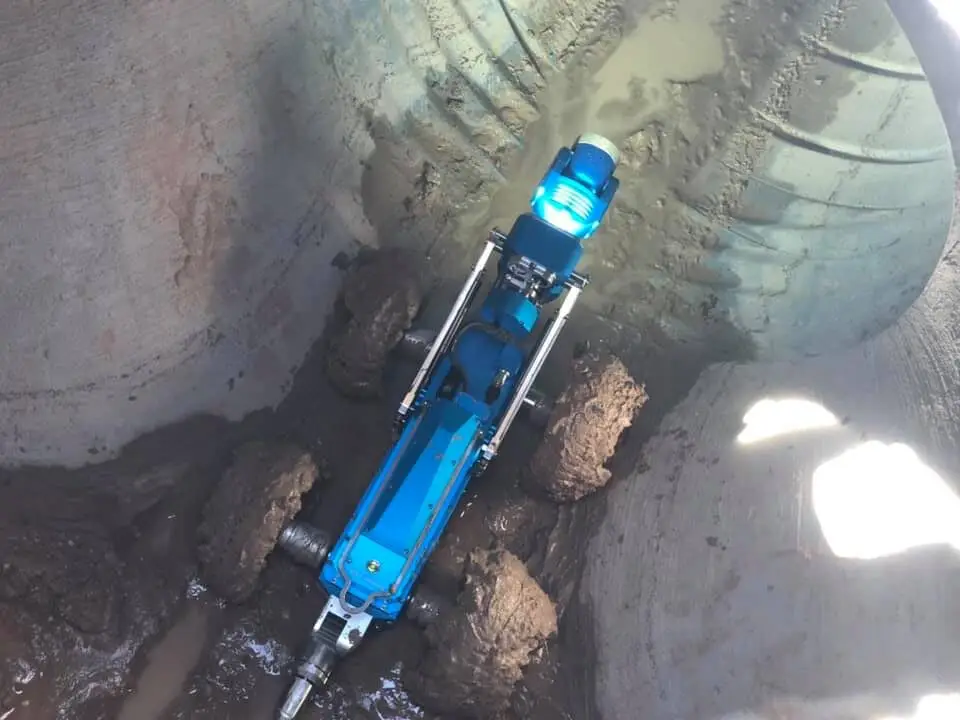FREE POLO-SHIRT: Get free NO-DIG-WORLD Workwear on orders above €150,-

The importance of a pipe inspection camera in underground works
The importance of a pipe inspection camera in underground works (without breaking or digging)
Drain line inspection cameras are an essential tool in underground work for several reasons:
In general, pipe cameras are indispensable in trenchless operations because they provide valuable insights into the condition of underground pipelines, assist in efficient planning and targeted repairs, and minimize disruption to the environment and surrounding infrastructure.
Inspection jobs and push cameras are not all created equal. Here are nine essential points to consider when choosing a camera system:
1. What kinds of lines are you inspecting today and in the future?
a. What kind of jobs will you be using the camera for?
b. Will you be inspection vertical or horizontal lines, perhaps both?
c. Will you be using the camera to inspect smaller sink lines, laundry drains and other smaller vents and laterals?
d. How far would you need to inspect?
2. What type of pushrod do you need?
a. If you are inspecting larger diameter lines, you’ll need a larger, stiffer pushrod so the rod won’t buckle or kink when pushing it, especially over longer distances.
3. What skids are available?
a. If you are using your system for larger lines and longer runs, look into a skid package. Skids will help lift the camera off the bottom of the pipe, allowing it to glide down the line more freely.
4. What camera head do I need?
a. Not surprisingly, pipe cameras, like digital cameras and laptop computers, have become physically smaller. Maneuverable models let professionals troubleshoot very narrow conduits, augmenting their value and versatility.
b. The latest LED lighting ensures clear images in the darkest areas, providing greater accuracy in diagnosing and correcting problems.
c. When considering a color camera, take a look at self-leveling models.
5. What kind of monitor do you need?
a. Different systems come with different monitors. The bigger the monitor the easier it is to spot the defect.
6. Do you need to record the video?
a. Unless customers are present on the job site when you do your inspection and spot hidden problems, inspection systems require some kind of recording mechanism.
7. Now that you see the problem, how do you find it?
a. Pushing the camera into the line to spot and troubleshoot problems is only the first step. Locating the trouble spot is when you earn your pay. Fortunately, digital locators make this task much easier than in the old days. When shopping for a camera system, be sure to get a digital locator that easily and accurately locates the camera with precise, instant and depth-finding capability.
b. One note of caution: Not all camera systems come with a built-in transmitter required for camera location. Be sure to check that the transmitter is included.
8. Will you need to purchase additional reporting software with the unit?
a. Some Camera systems come with build in software for reporting while others do not come with any software at all.
9. What extra features do you need?
a. The best systems offer extras that enhance productivity and customer service. Look for features like:
• On-screen distance counter
• AC/DC power options
• Date and time stamp
• Voiceover unit
• Full keyboard titler